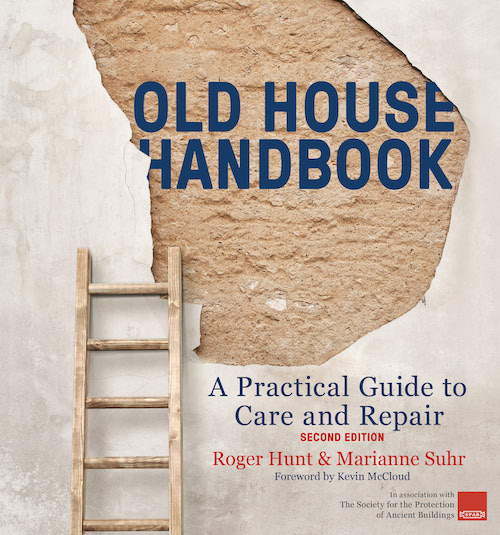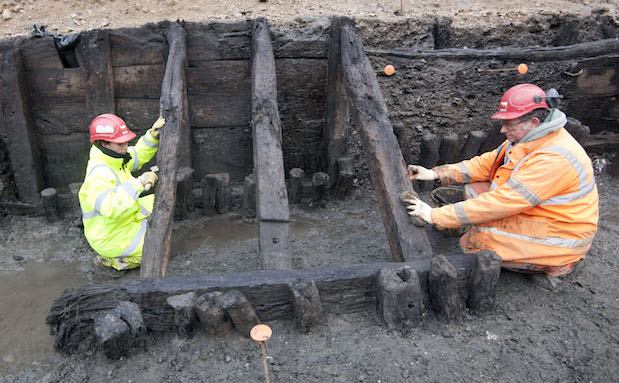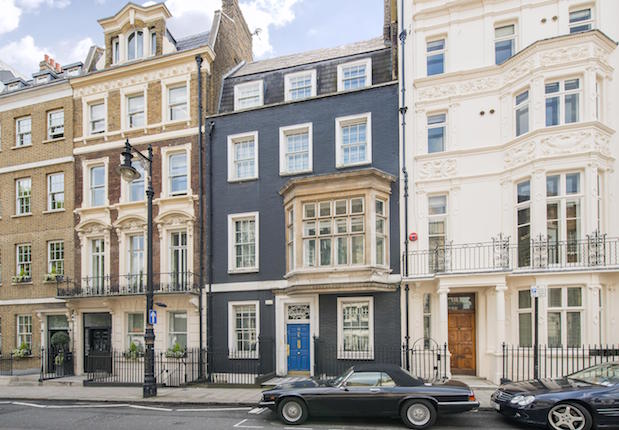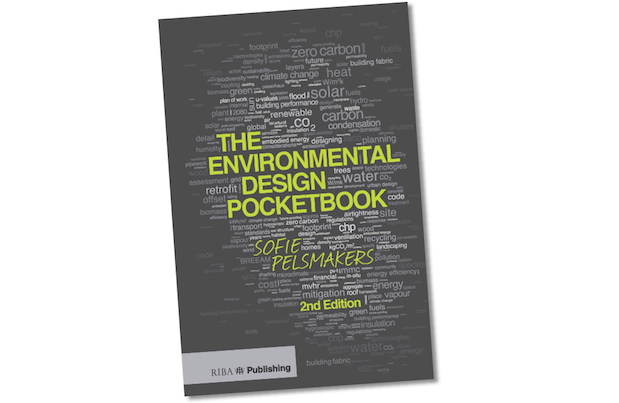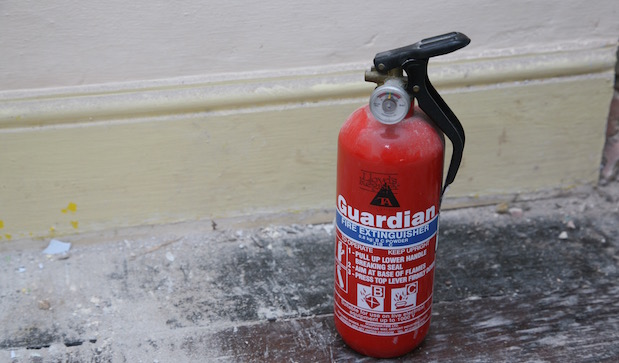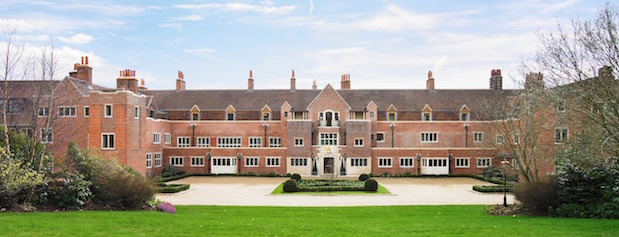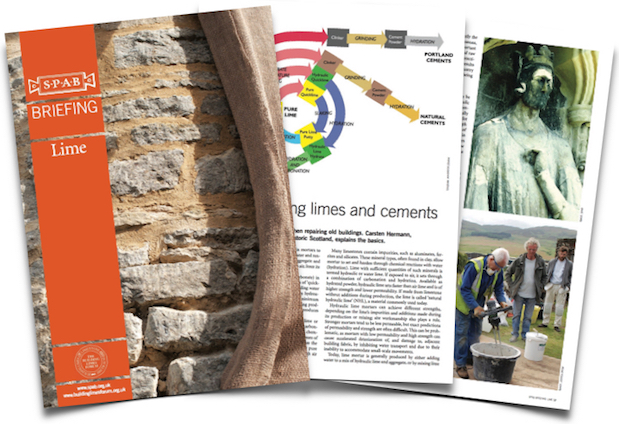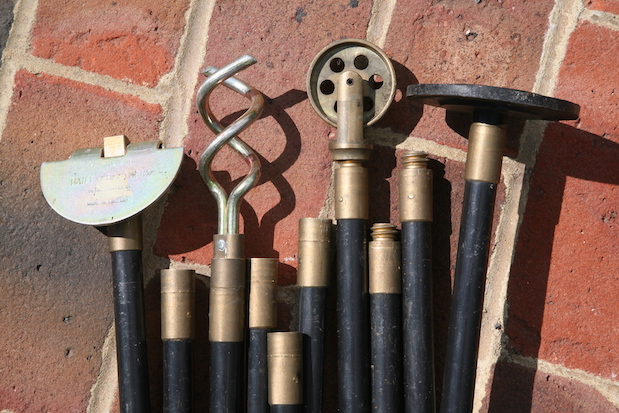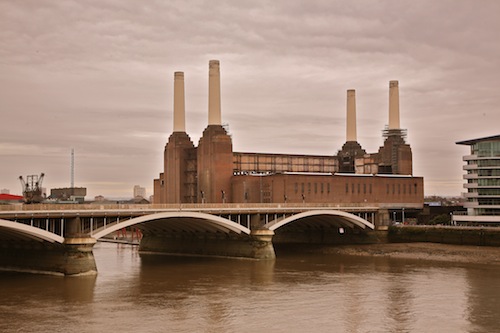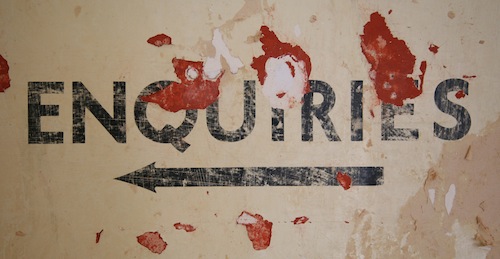Posts Tagged ‘homes’
Old House Handbook – a new edition
It’s hard to believe that Old House Handbook has been part of my life since Marianne Suhr and I signed the contract for the first edition in April 2006. Little did we imagine then that, over 17 years on, we would witness the publication of a second edition in association with the Society for the…
Read MoreHidden London
Impending development often means there is a chance to step back in time because archaeological investigation may be undertaken as part of the work. This is especially true in London where layers of history have been laid down by successive generations as the city has evolved. Visiting Barratt London’s Landmark Place site close to the…
Read MoreListed building allure
Every year, many of the estimated 450,000 listed buildings in the UK change hands on the property market. In England and Wales these properties are designated Grade I, Grade II* or Grade II having being deemed to be of historical, cultural or architectural interest. All buildings built before 1700
Read MoreEnvironmental Pocketbook
If you’re going to invest in just one book on sustainable, low carbon building I’d strongly suggest that you make it The Environmental Design Pocketbook. Now in its second edition, this useful volume by Sofie Pelsmakers should be essential reading for architects, designers, developers, planners, students, clients and anyone else involved in the construction and operation of buildings.…
Read MoreFire in old buildings
The devastating fire at the Grade I listed, 18th century National Trust mansion at Clandon Park, Surrey, once again highlights the need to do everything we can to protect old buildings. Whatever the size of the building, there are simple measures that can be taken to reduce the risk of fire, ensure early warning of a…
Read MoreAdapting old buildings
The need for fresh air and light in buildings is something I’m often talking and writing about because it’s central to creating a good home, but the theme is nothing new. I was reminded of this when I recently visited the King Edward VII Estate, near Midhurst, West Sussex. Here, the former sanatorium is being…
Read MoreBuilding lime knowledge
Lime, in the form of mortars, renders, plasters and paints, is a key component of old buildings and essential to their repair – or at least it should be. Today lime-based materials are also emerging into the mainstream and being used within low carbon construction systems, employed in everything from homes to superstores. All this…
Read MoreDrain problems
A blocked drain is not a pleasant thing to wake up to. What’s worse is the realisation that it’s something that can generally be avoided by doing what I’m always talking about: maintenance. The drainage system is easily forgotten because much of it is hidden away underground but, as with any element of a building, it…
Read MoreBattersea Power Station
This weekend there will be over 800 buildings, neighbourhood walks and architects’ talks to enjoy as Open House London once again reveals great architecture for free. Sadly Battersea Power Station, one of the buildings I visited last year, will not be open as the 42 acre site is undergoing redevelopment. Nonetheless its history and its future can…
Read MoreLinoleum naturally
Lino is a bit like Marmite, people either seem to love it or hate it. For some it conjures thoughts of cold and institutional floors and it’s often (wrongly) used to describe vinyl. Unlike vinyl, which is petroleum based, linoleum has outstanding eco credentials and antimicrobial and hypo-allergenic properties. A hard-wearing and almost totally natural product, linoleum…
Read MoreResearch, research, research
Location, location, location may be the estate agent’s mantra but when you buy an old house research is just as important – it helps you understand what you’re buying and will make a renovation project more successful. What’s more, much of the fun of working on an old property is finding out more about its history…
Read More
